Jade has long been considered an enigma, the strong colorful mineral has a rich history in Chinese culture. Originally used in the Neolithic Age to create weaponry 1, the mineral quickly became appreciated for its beauty and was carved for ornamental purposes. As the use of jade continued throughout the Neolithic age to the present, the complexity of wares created increased, supported by the development of carving technology. Jade has continued to hold significance in Chinese culture and traditions allowing for the art of carving to persist into the present.
Jade is not naturally found in China, instead the mineral has long been sourced from outside territories through trade. Originally suggested being imported from Khotan in the form of river stones the mineral nephrite was acquired by the Chinese during the Zhou dynasty(1046-256 BCE) 2. Obtaining jade from river stones was unpredictable as the quantity of the resource varied causing for a switch in the Ming dynasty for acquiring jade, nephrite was then quarried from Yarkand. The Qing dynasty (1644-1911) ushered in the use of jadeite obtained from Upper Burma, unlike nephrite jadeite is harder and “more brilliantly colored” 3. Both nephrite and jadeite naturally appear white, yellow, green, gray, black, with jadeite having elements of darker green and lavender 4. The color preference of jade differed throughout the dynasties, however, white and green jade consistently were in favor. White jade was particularly in sought after during the Song dynasty (960-1279) but the rarity of quality white jade caused an increase in the use of pale green-white jade.
Jade wares developed as technologcal advances continued. Primitve jade carving (3500-2070 BCE) relied on hand cutting, sanding, and drilling of the jade. The objects created at this time were simple, carved into weaponry and flat discs 5. Not much is known of carvings made during this period, however, items created during this period show the resilaince of Chinese craftsmanship.
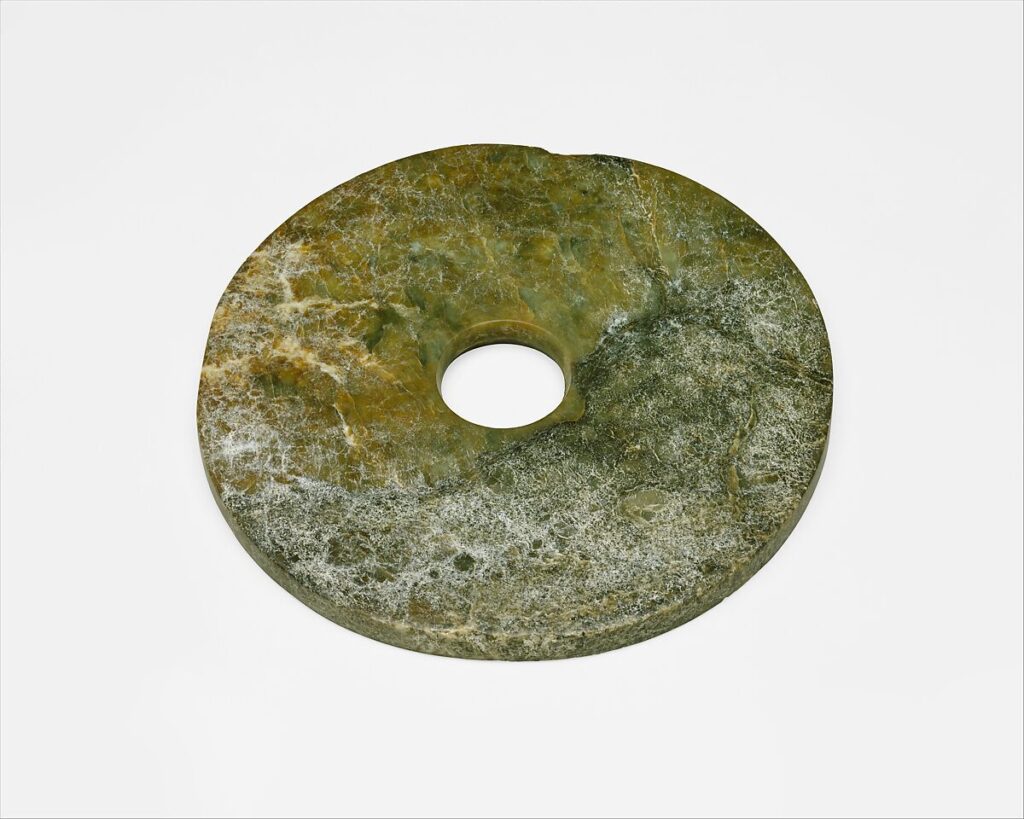
The bronze rotary machine emerged in the neolitic period (2070-sixth century BCE), this allowed for the sophistication of jade carving by introducing inlays of bronze and turquoise, jade and turquoise, bronze and jade 6. Shang dynasty (1600-1046 BCE) jade carving reached a new skill level for craftsmen, cutting, grinding, carving, drilling, polishing, design, shape creation 7. The Qiaose technique appeared at this time, this technique took advantage of jades uneven and different coloring that appears naturally, Qiaose craft the shape and placement of color naturally occurring in the jade is taken into account to use the color for the aesthetic design of the piece 8. The development of jadecarving at this time in my opinion set up the art form to persist, introducing necessary steps in the carving process such as polishing and design that have become crucial in the sophistication of the art form.
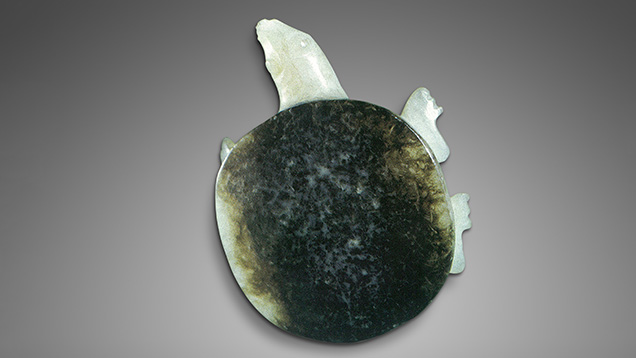
The iron rotary machine (sixth century BCE-581 CE) emerged immediately after the bronze rotary machine. Throughout the use of this carving machine, the creation of burial jade had thrived, specifically in the Chunqiu period (770-476 BCE),this determined the carving systems used in the Han dynasty. Burial jade did not differ in technique from daily jade item technique, burial jade is defined as “more concise and less exquisite” 9. At this time three dimensional jade works appeared due to the use of the openwork technqiue, allowing for gaps to appear in the carved works, a similar piercing technique was applied to flat jade wares. Flexible construction of jade wares thrived at this time transforming the the advancement of carving technique. The flexibility that piercing and openwork provided gave way to the use of inlaying jade in copper, silver, iron, and gold to “stitch” pieces of jade together 10.
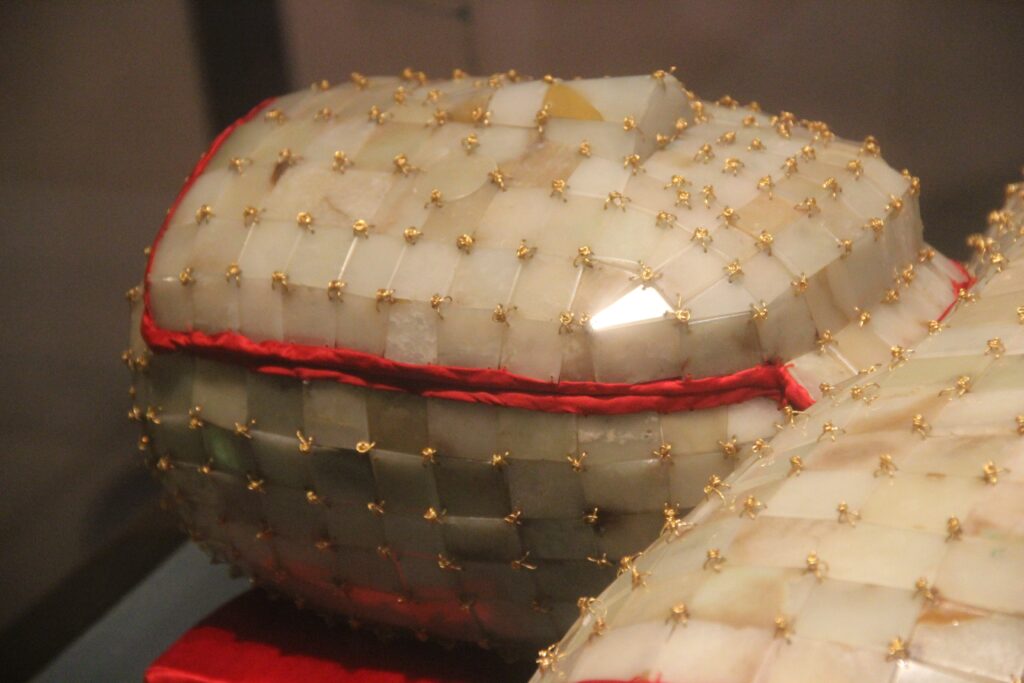
The table-type iron rotary machine (581-1960), during this period the visual decadency of jade carving came to the forefront in all works. Inlays of gems, jade, and gold increased were widely used in the Ming dynasty (1368-1644). During this period there was an outside influence of Islamic jade imaegry on Chinese jade, using the inlay technique to include design references to plants considered to be exotic 11. During the Song, Liao, Jin, Yuan dynasties jade carving was influenced by painting and sculpture allowing for jade carving to fully transition into three dimensional works, increasing the demand for larger pieces of jade. Carving became more ornamental including the themes of human figures, flowers, and animals. Ming dynasty literati paintings,relying on personal expression of feelings rather than a display of professional skill 12, influenced jade carving at this time. Literati differed from folk and royal art, which sought to display professional skill and appease the emperor, instead it was romantic and led to the integration of landscapes, texts, and decorative patterns 13. The dvelopment into the Qing dynasty (1644-1911) saw the use of royal court painters’ input in jade carving showing the peak of artistic integration in jade carving, combined with the technological improvements allowed for complex large jade carvings to emerge.

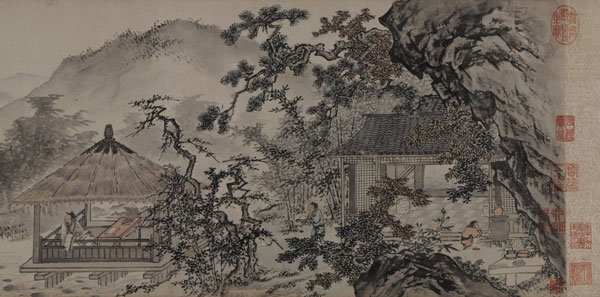
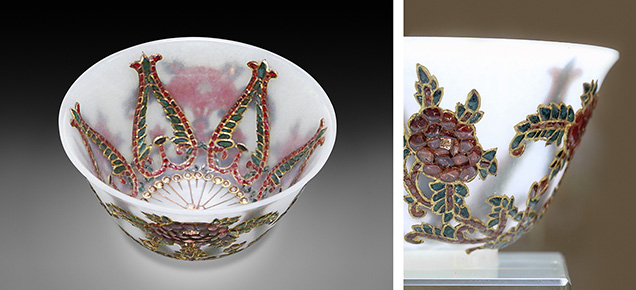
The longevity of jade in Chinese culture is a testament to the reliance of material and technological innovation, nephrite continues to be the preferred material for creating jade wares. In the 1950s jade wares were created in established factories by the Chinese government, giving way for updated motorized machinery to be introduced for assembly line manufacturing 14. The modernization of technology has given way for quickly manufactured low quality jade to be sold to countires such as the United States, imposing an outside cultures aesthetic preference to influence the wares produced. Jade carving has re-emerged as a display for artistic talent, giving way for more intricate carving work than posisble before modern machinery.
Sources
Britannica, T. Editors of Encyclopaedia. “literati.” Encyclopedia Britannica, September 7, 2012. https://www.britannica.com
Britannica, T. Editors of Encyclopaedia. “jade.” Encyclopedia Britannica, May 5, 2023. https://www.britannica.com
Lee, Sherman E. “Chinese Carved Jades.” The Bulletin of the Cleveland Museum of Art 41, no. 4 (1954): 67–71. http://www.jstor.org/stable/25141956.
Mowry, Robert D. “Chinese Jades from Han to Qing.” Archaeology 34, no. 1 (1981): 52–55. http://www.jstor.org/stable/41726543.
Sullivan, M. and Silbergeld, . Jerome. “Chinese jade.” Encyclopedia Britannica, April 24, 2014. https://www.britannica.com
Wang, Mingying, and Guanghi Shi. “The Evolution of Chinese Jade Carving Craftsmanship.” Gems & Gemology 56, no. 1 (March 1, 2020): 30–53.
- Mowry, Robert D. “Chinese Jades from Han to Qing.” Archaeology 34, no. 1 (1981): 52
- Mowry, Robert D. “Chinese Jades from Han to Qing.” Archaeology 34, no. 1 (1981): 52
- Mowry, Robert D. “Chinese Jades from Han to Qing.” Archaeology 34, no. 1 (1981): 53
- Mowry, Robert D. “Chinese Jades from Han to Qing.” Archaeology 34, no. 1 (1981): 53
- Britannica, T. Editors of Encyclopaedia. “jade.” Encyclopedia Britannica, May 5, 2023
- Wang, Mingying, and Guanghi Shi. “The Evolution of Chinese Jade Carving Craftsmanship.” Gems & Gemology 56, no. 1 (March 1, 2020)
- Wang, Mingying, and Guanghi Shi. “The Evolution of Chinese Jade Carving Craftsmanship.” Gems & Gemology 56, no. 1 (March 1, 2020)
- Wang, Mingying, and Guanghi Shi. “The Evolution of Chinese Jade Carving Craftsmanship.” Gems & Gemology 56, no. 1 (March 1, 2020)
- Wang, Mingying, and Guanghi Shi. “The Evolution of Chinese Jade Carving Craftsmanship.” Gems & Gemology 56, no. 1 (March 1, 2020)
- Wang, Mingying, and Guanghi Shi. “The Evolution of Chinese Jade Carving Craftsmanship.” Gems & Gemology 56, no. 1 (March 1, 2020)
- Wang, Mingying, and Guanghi Shi. “The Evolution of Chinese Jade Carving Craftsmanship.” Gems & Gemology 56, no. 1 (March 1, 2020)
- Britannica, T. Editors of Encyclopaedia. “literati.” Encyclopedia Britannica, September 7, 2012
- Wang, Mingying, and Guanghi Shi. “The Evolution of Chinese Jade Carving Craftsmanship.” Gems & Gemology 56, no. 1 (March 1, 2020)
- Wang, Mingying, and Guanghi Shi. “The Evolution of Chinese Jade Carving Craftsmanship.” Gems & Gemology 56, no. 1 (March 1, 2020)
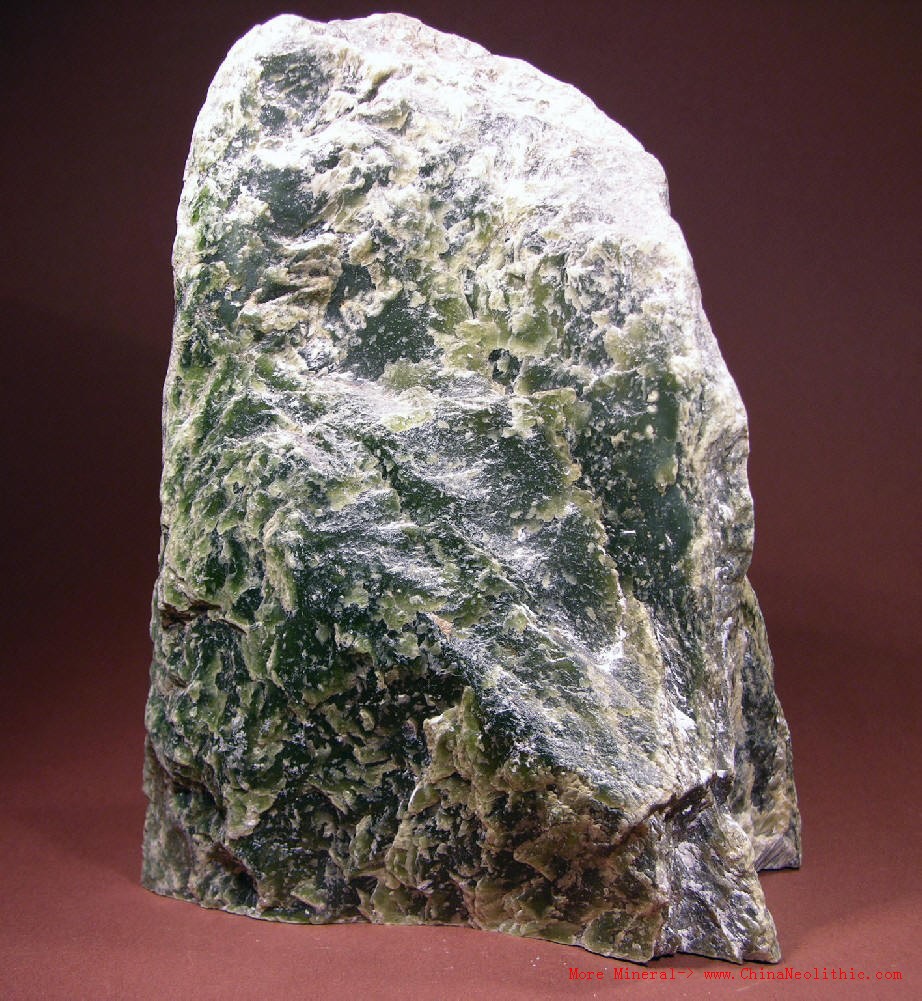

Leave a Reply